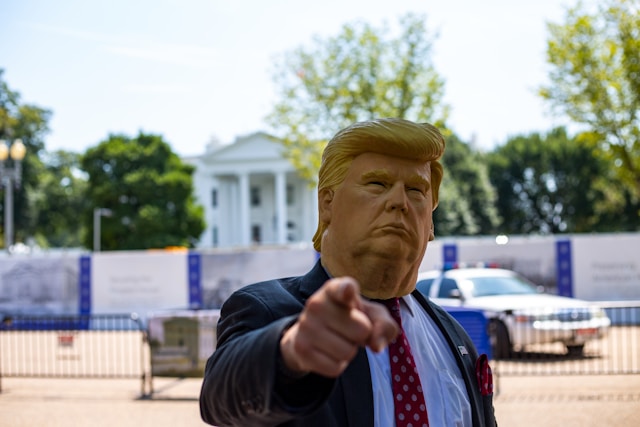Few observers anticipated the dramatic reversal in Canadian political fortunes witnessed in April 2025. What began as a near-certain defeat for the incumbent Liberal Party transformed into a startling victory, largely propelled by events south of the border. The central figure in this upheaval was US President Donald Trump, whose remarks concerning Canada potentially becoming the “51st state,” coupled with aggressive trade tactics, ignited a political firestorm that reshaped the electoral landscape.
The primary actors in this political drama were Mark Carney, who replaced Justin Trudeau as Liberal leader in December 2024, and his Conservative rival, Pierre Poilievre. Carney, a former central banker, was brought in to refresh a party lagging badly in polls after a decade in power. Poilievre, often compared stylistically to Trump with his populist rhetoric and attacks on perceived elites, seemed poised for a landslide. Yet, the political ground shifted dramatically between January and the election on April 28th.
The catalyst was President Trump’s persistent and escalating rhetoric regarding Canada. What might have initially been dismissed as a casual remark about Canada as the “51st state” solidified into perceived serious intent, especially when followed by punitive tariffs on Canadian goods in early 2025. This sequence of events provoked a significant backlash within Canada. A grassroots movement boycotting American products gained traction, reflecting a burgeoning nationalist sentiment. Polling data indicated a sharp rise in anti-American feeling, a sentiment the Liberal Party, under Carney, proved adept at harnessing. They positioned themselves as the bulwark against Trump’s perceived aggression.
The timeline is crucial. The Liberals’ fortunes reversed sharply following Trump’s inauguration in January and the subsequent implementation of tariffs. From trailing by over 20 points, they surged to a narrow popular vote victory within three months. This period coincided directly with Canadians processing the implications of Trump’s posture towards their nation. The location of this shift was nationwide, felt from Ottawa’s political corridors to local communities where, as Liberal organizer David Goodwin noted, Trump’s actions mobilized Canadians who felt an unprecedented threat.
The underlying reason for the Liberal win stems directly from the reaction to Trump. His administration’s approach had the effect of turning peaceful, friendly Canadians into firm anti-Americans one thoughtless boast at a time. Poilievre’s Conservatives appeared unable or unwilling to distance themselves effectively from Trump, whose style their leader seemed to emulate. Campaign missteps, like adopting the slogan “Take Back Control,” further hampered their efforts. Carney, conversely, projected stability and a willingness to stand up to the US, resonating with voters concerned about the economy and national sovereignty. Experts like Steve Saideman from Carleton University suggest this shift runs deeper than previous disagreements, potentially signalling long-term damage to the US-Canada relationship.
This election was more than just a domestic political event; it serves as a stark illustration of how antagonistic rhetoric from a powerful ally can reshape international relationships. The trust that underpins alliances like NATO and global economic systems appears increasingly fragile. Canada’s experience, mirrored by similar trends observed in Australia, suggests that campaigning against American leadership can become a winning political strategy in allied nations. The long-term consequences for American global influence, built upon decades of cooperation, remain uncertain but concerning. The political landscape in Canada was undeniably altered, not by internal factors alone, but by the reverberations of words spoken in Washington.
References:
How Trump lost Canada

